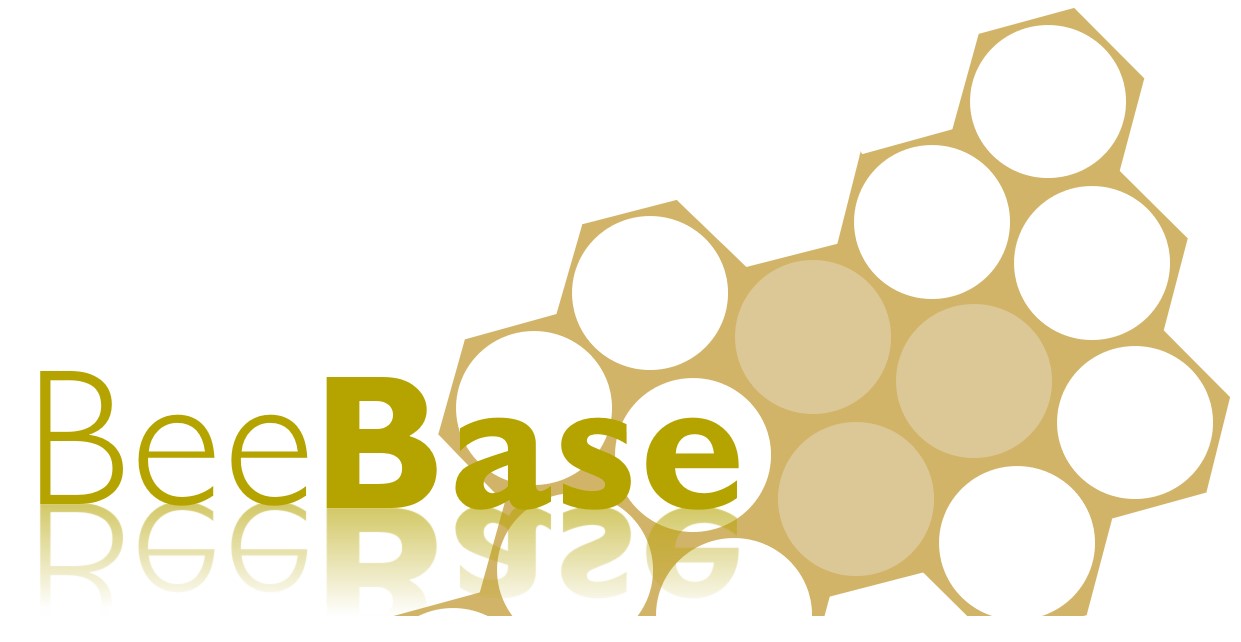National Surveillance Scheme - Honey Sampling
This page gives details of the honey collection programme that the National Bee Unit carries out on behalf of the Veterinary Medicines Directorate (VMD) who are the Central Competent Authority responsible for enforcing the legislation. The National Surveillance Scheme (NSS) carries out checks to ensure that products of animal origin in the UK are safe and honey is included within this programme. Tests are carried out for residues of banned substances, contaminants and authorised veterinary medicines in animals and animal products. This is to protect consumers by checking that unacceptable residues are not present in foodstuffs. These tests are required under The Animals and Animal Products (Examination for Residues and Maximum Residue Limits) (England and Scotland) Regulations 2015 in England and Scotland and The Animals and Animal Products (Examination for Residues and Maximum Residue Limits) (Wales) Regulations 2019 in Wales.
Sampling honey
The NBU has been carrying out this work in England and Wales since 2002. It involves collecting samples of honey from the comb or any part of the bottling process from honey producers (any beekeeper that sells honey) for residue analysis. Collection of the samples is done during the season at the same time as apiary inspections for bee diseases. All sampling is free to the beekeeper and over a hundred samples of honey are taken each year throughout England and Wales by National Bee Unit Inspectors. The samples try to reflect the numbers of beekeepers within a specific region and will be collected from either the brood chamber, super, bottled honey or bulk storage. During the process you must accompany the inspector as a witness, as you will be signing as such.
The sample will be placed in a bar-coded jar which is then taped into a protective cover. The sampling paperwork will be completed, and a barcode attached to an information sheet will be given to you. The paperwork and the sample are then sealed in an evidence bag. You will then be asked to sign and date the security bag along with the inspector as a record of the sample being taken. The sample will then be sent to The Food and Environment Research Agency where it will be analysed for any contaminants.
Results
All results are sent to the Veterinary Medicines Directorate (VMD) where the information is recorded. Whether the sample is found to have contaminants or not, a letter will be sent out to you by the VMD confirming the results. This process is usually completed within about three months of the sample being taken and any enquiries should be directed to the VMD, as NBU are unable to access any results.
What happens if an unacceptable residue is found?
A follow up visit will be made to establish how the residues may have arisen and to offer advice on how to avoid it happening again. If illegal substances or a high concentration of authorised medicine is found then legal action may follow.
Further Details
Results of the Food Monitoring Programme are published each year by the VMD Marketing Authorisations Veterinary Information Service (MAVIS). This is designed to provide you with the best available information on the work, plans and results, as well as general developments on the controls on veterinary medicines. MAVIS is published quarterly, and published copies can be accessed at the MAVIS on-line website.
